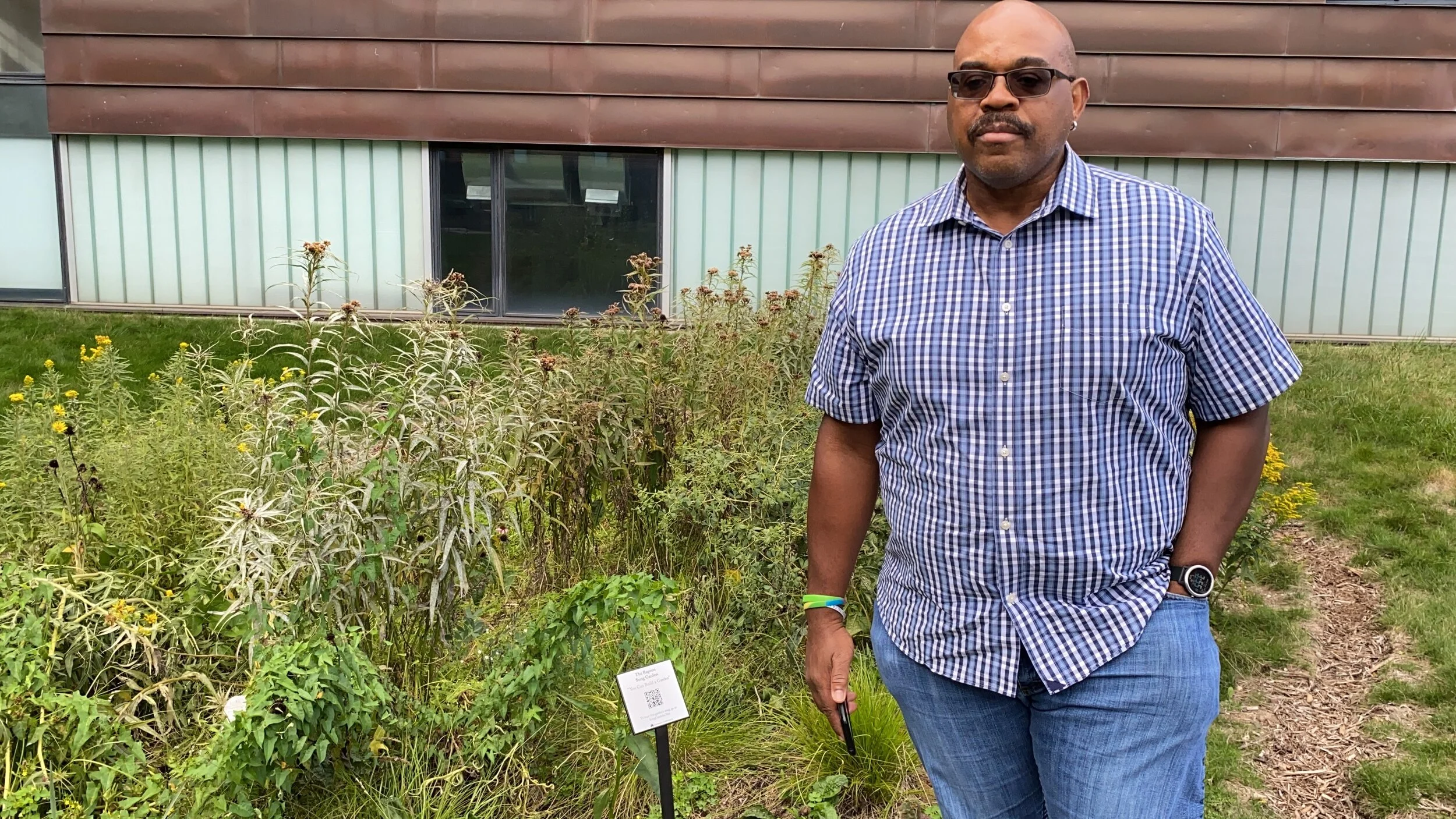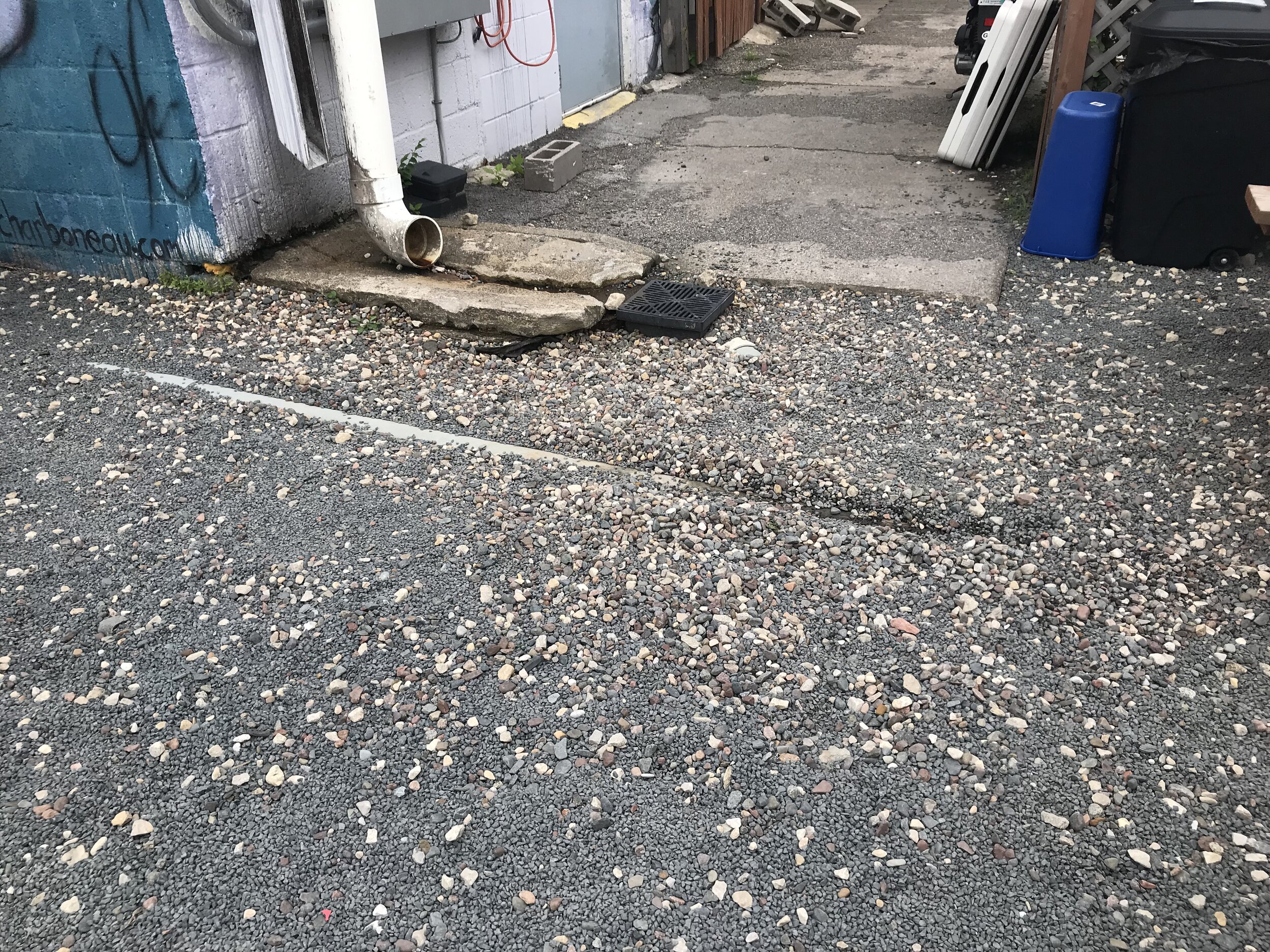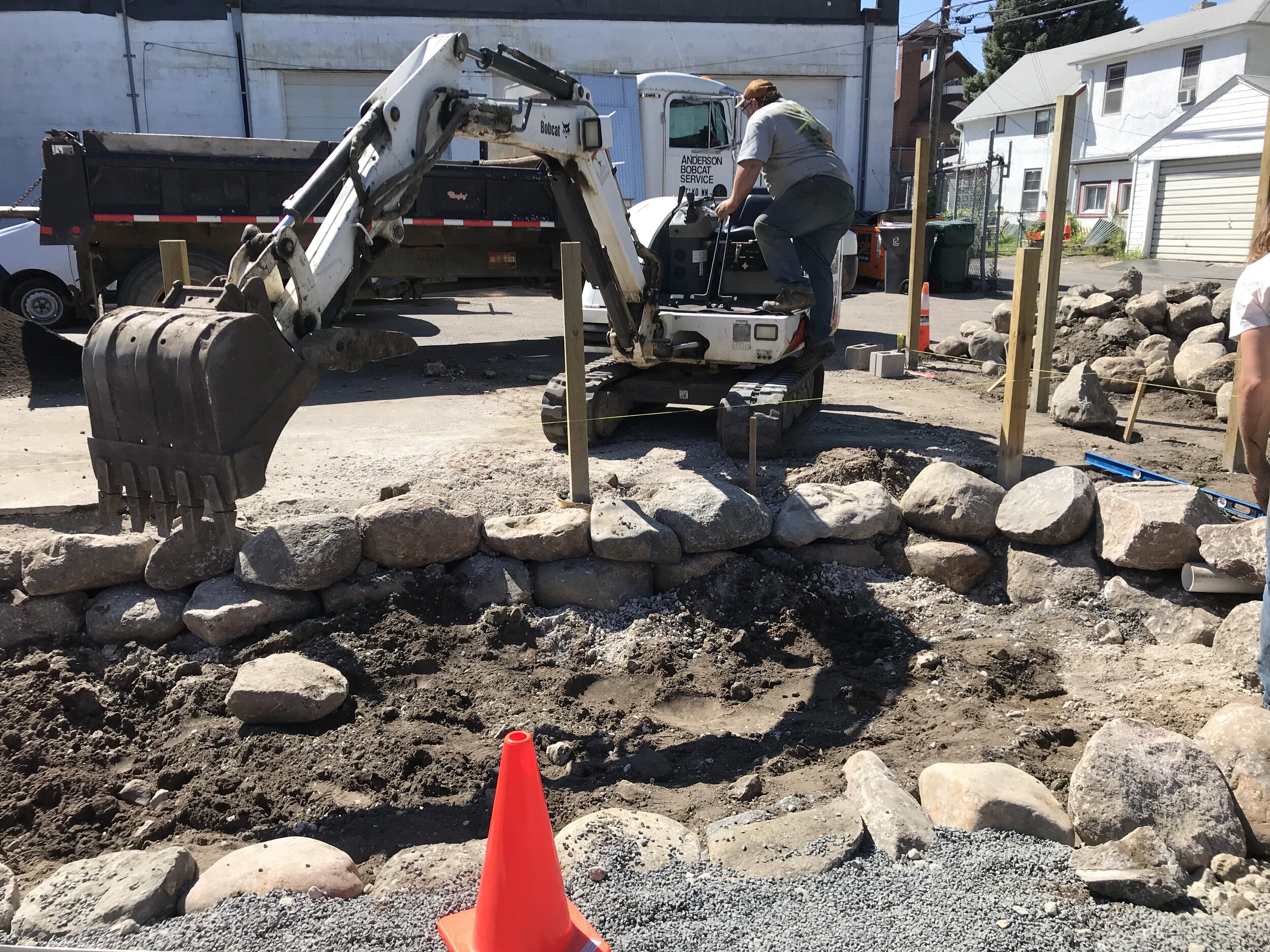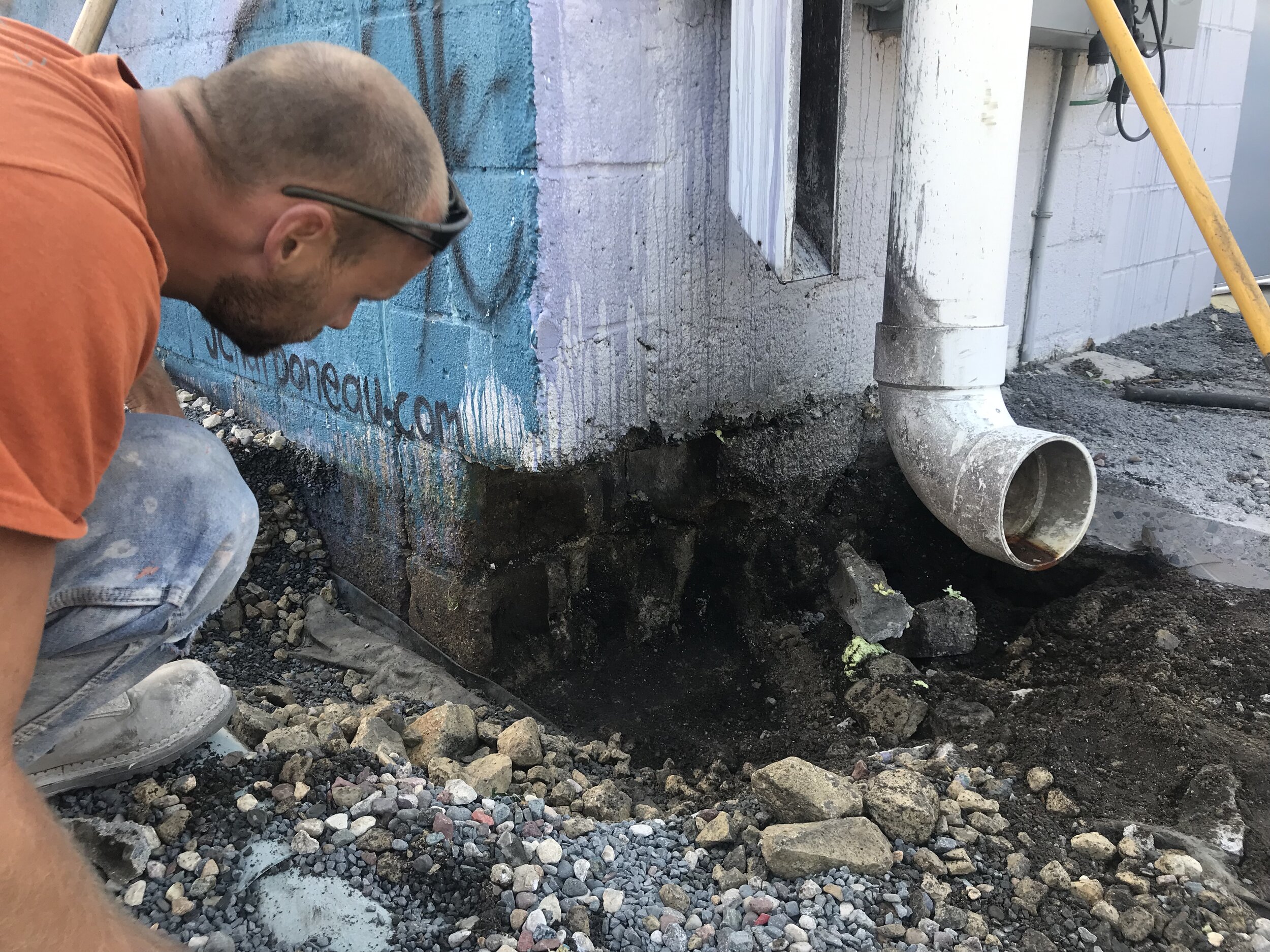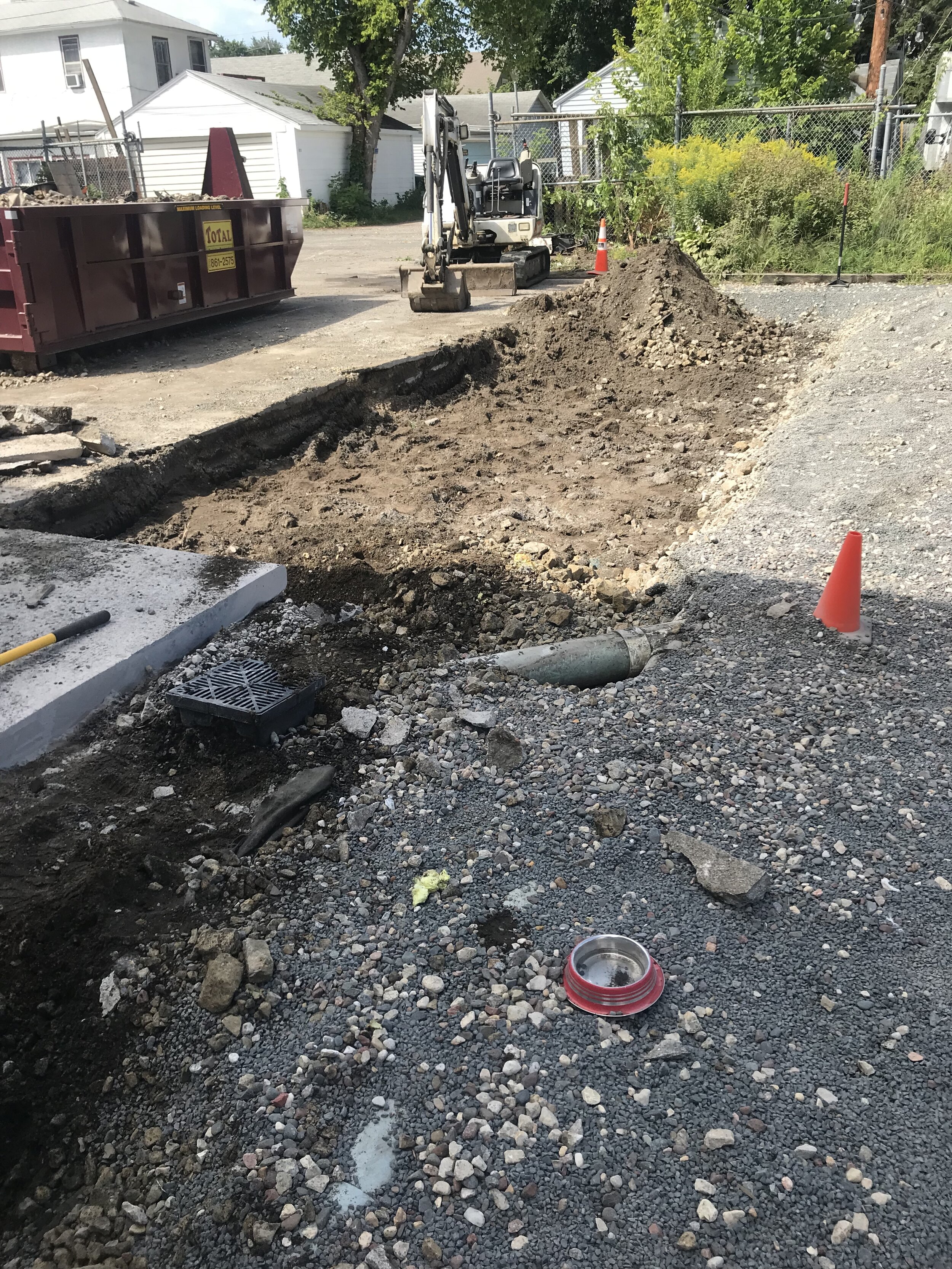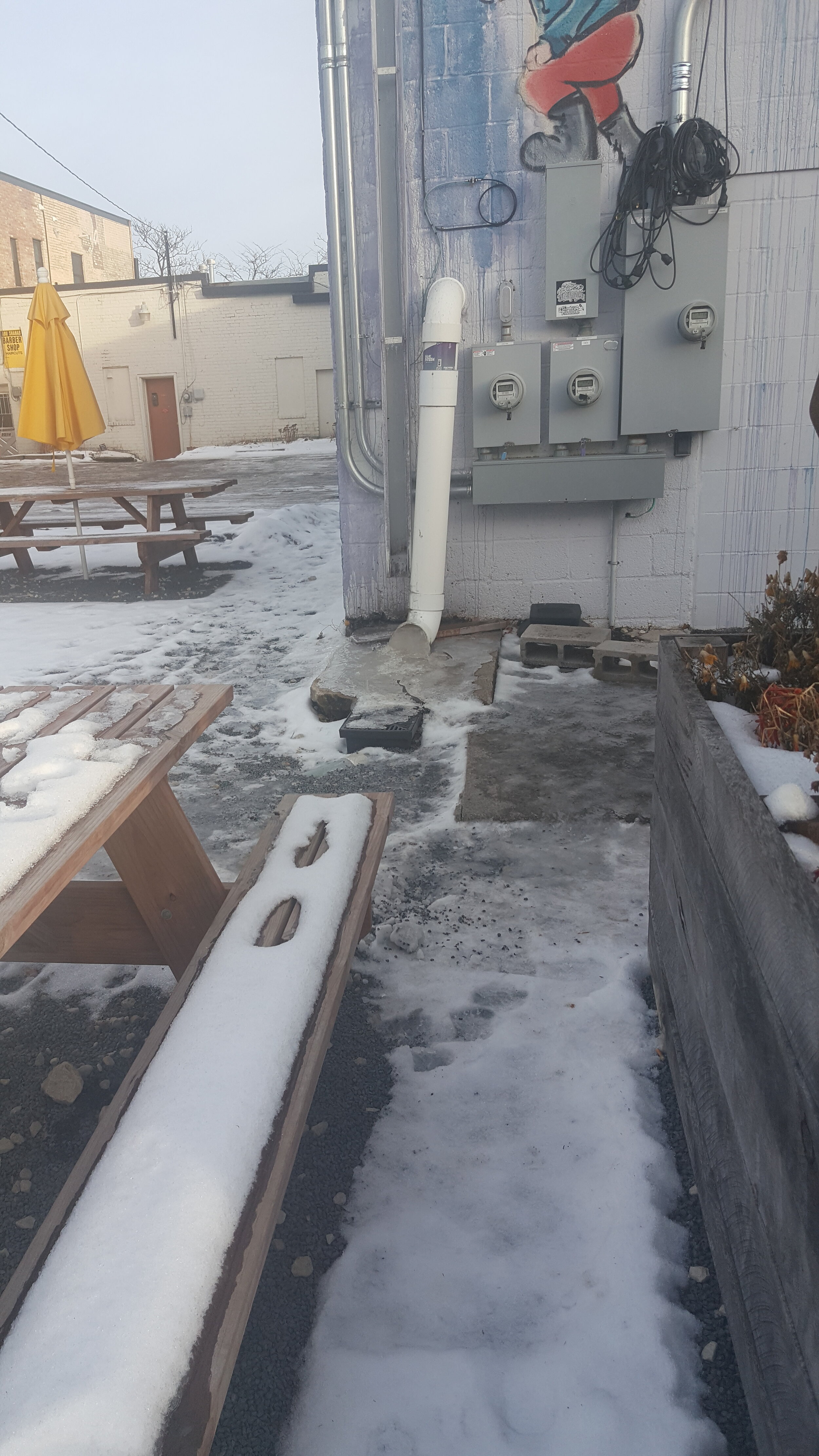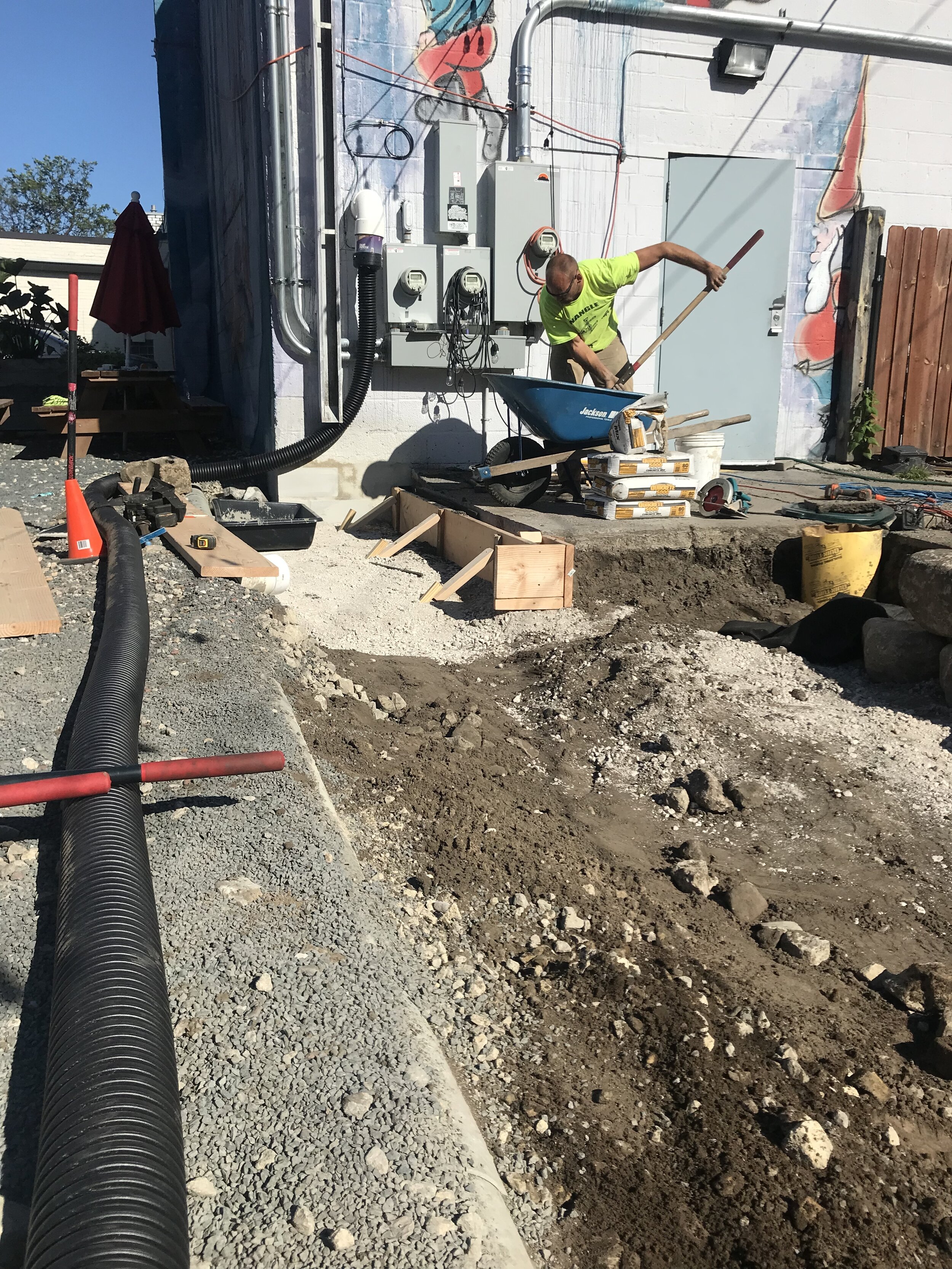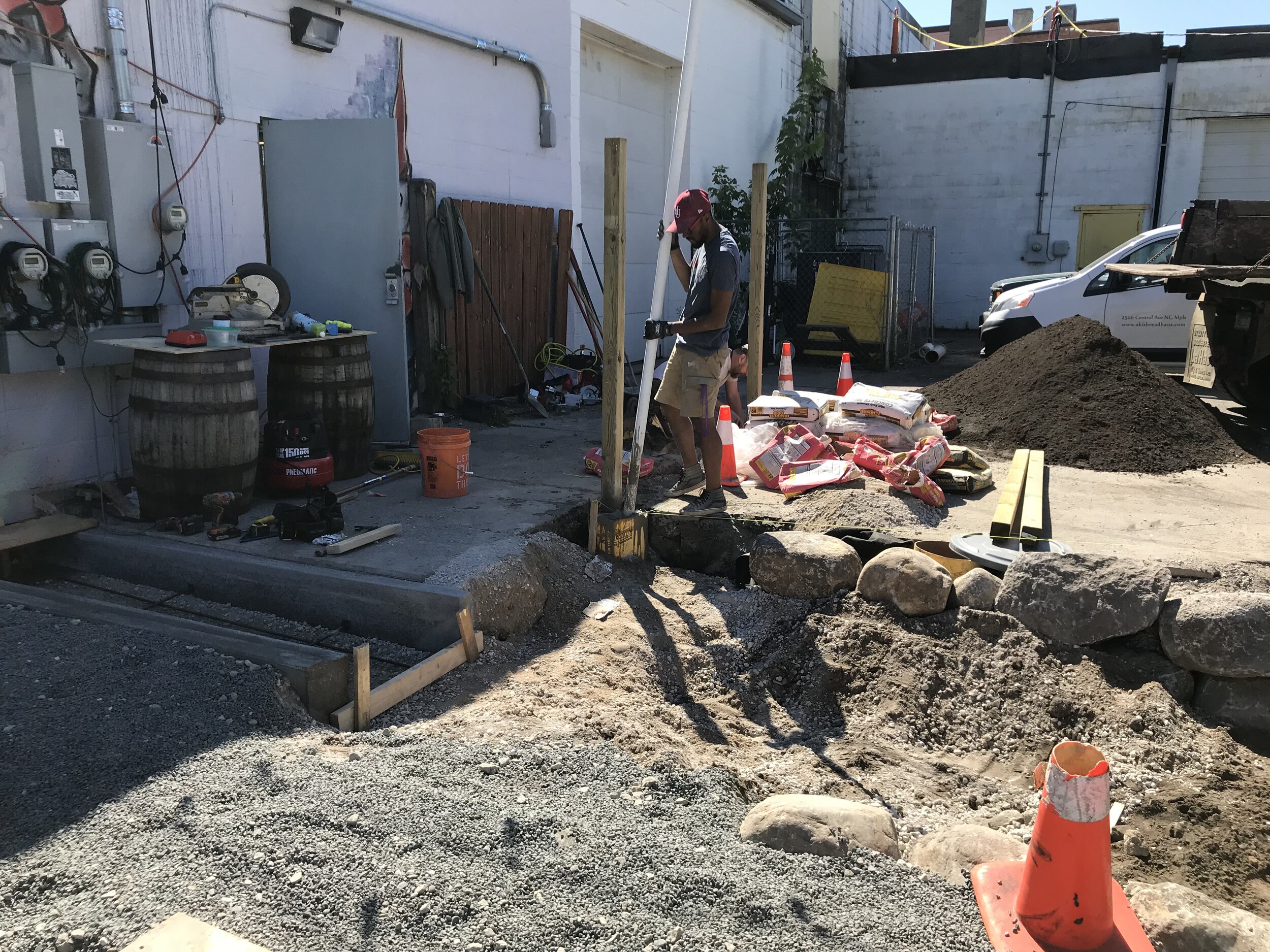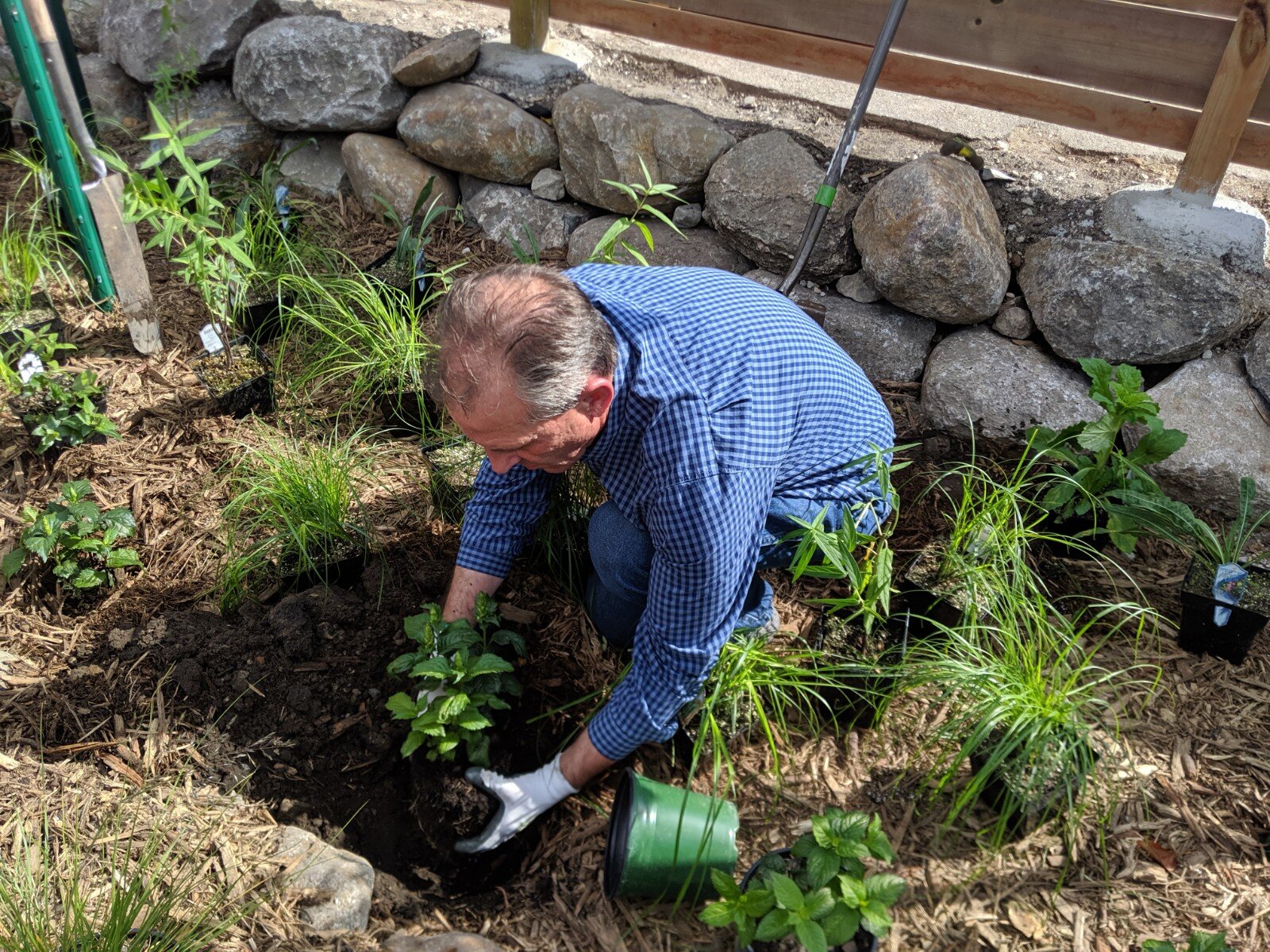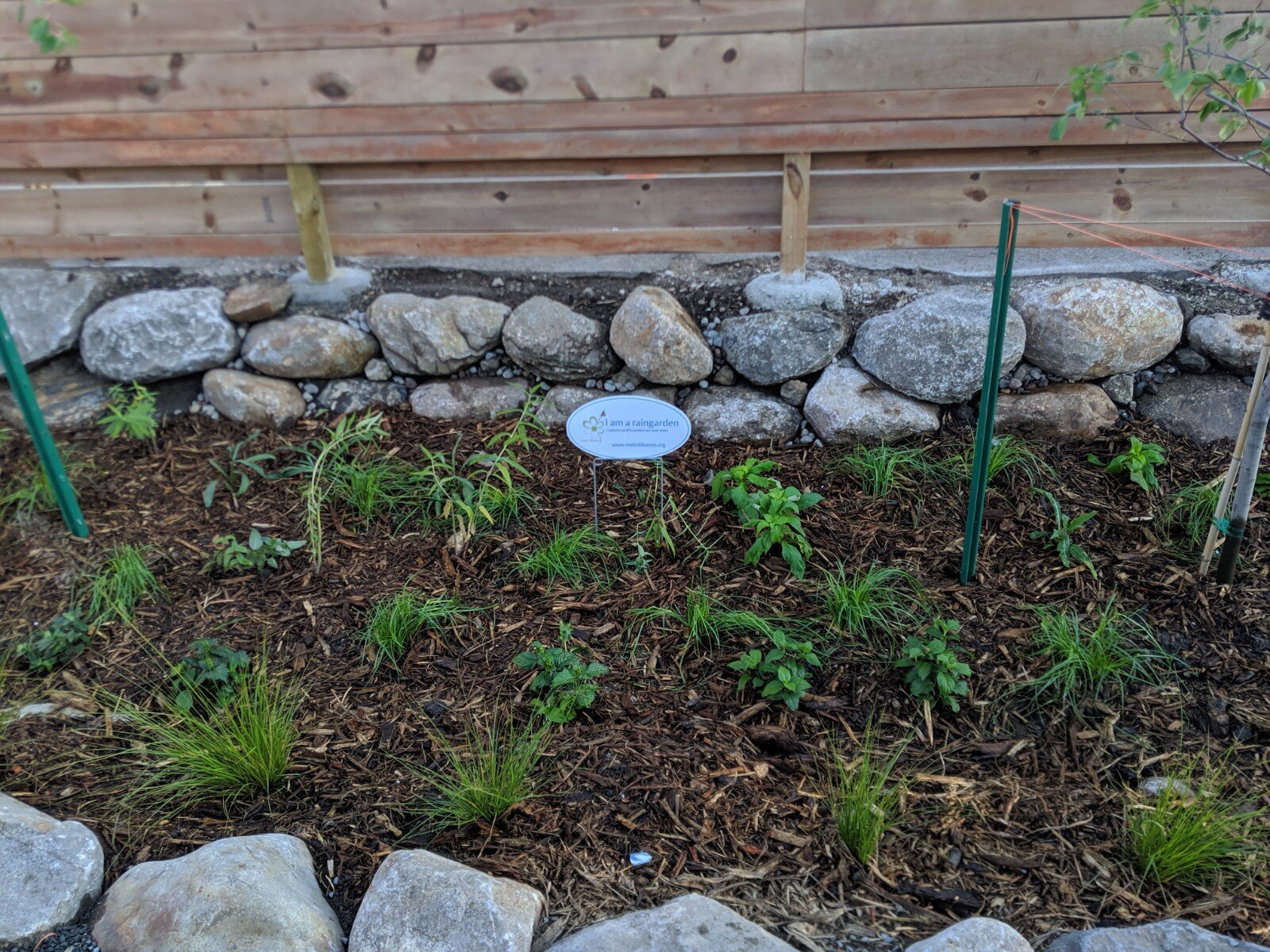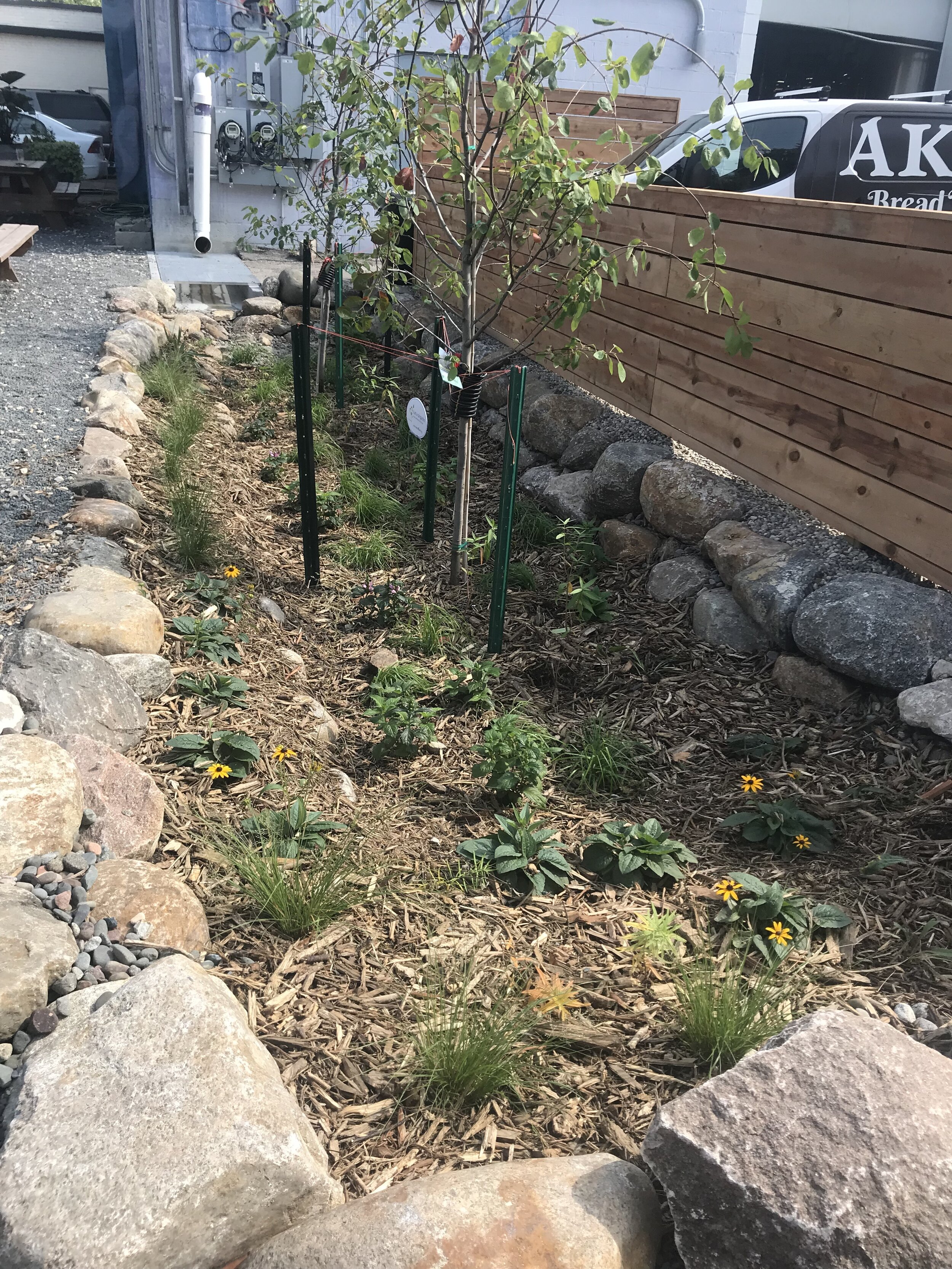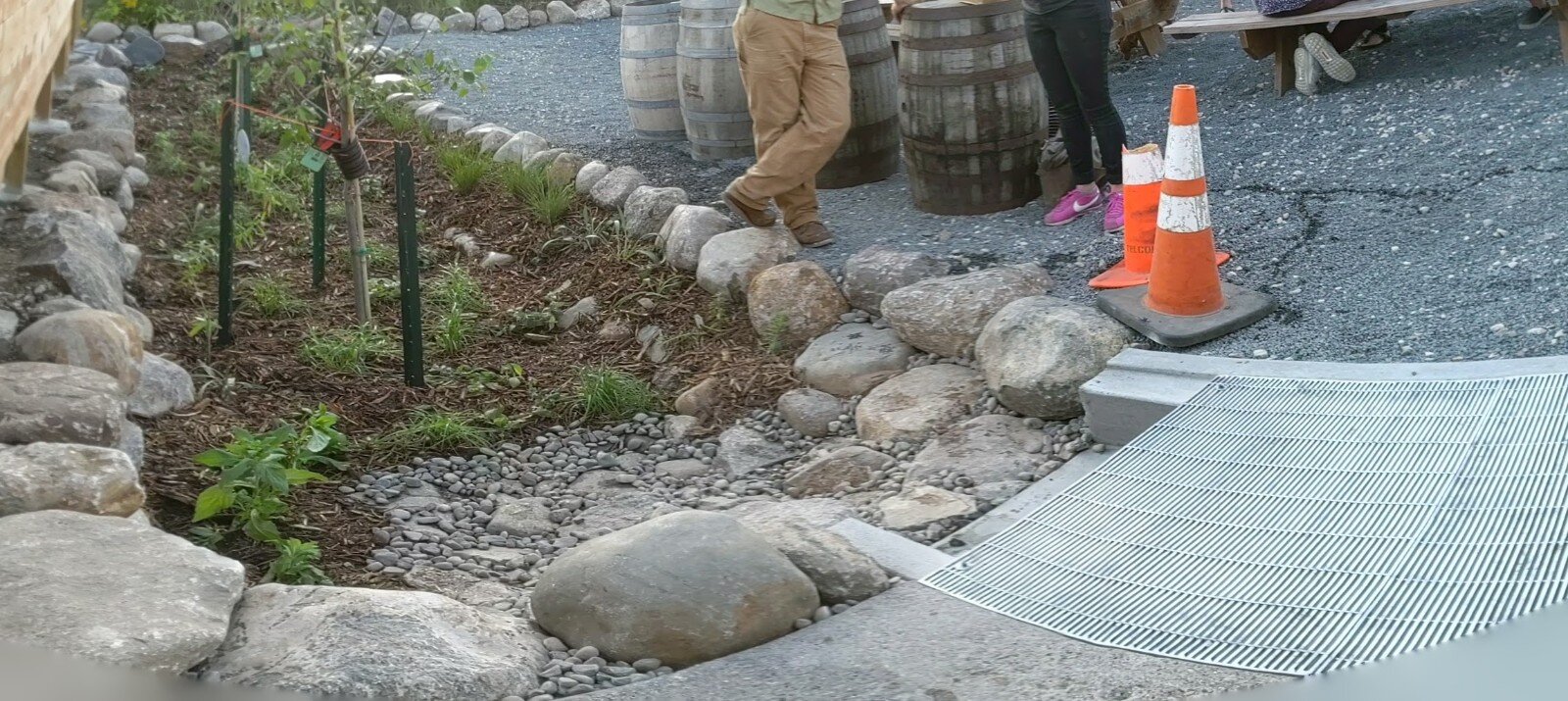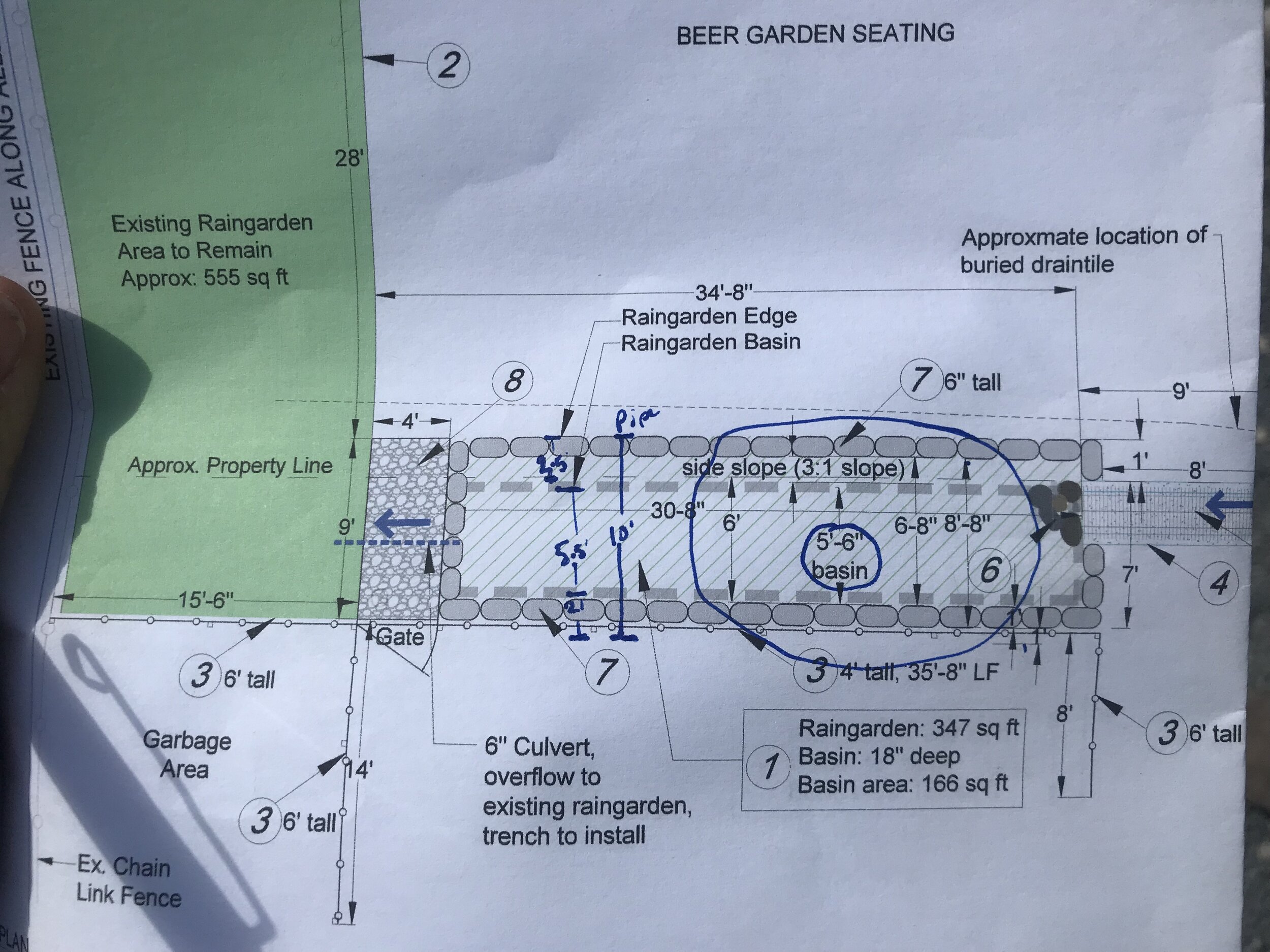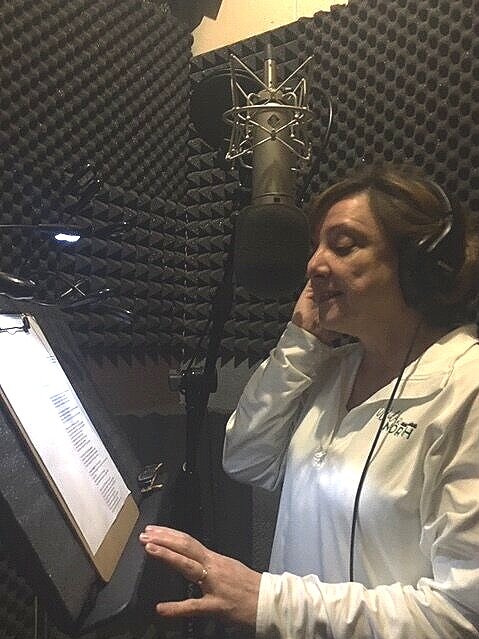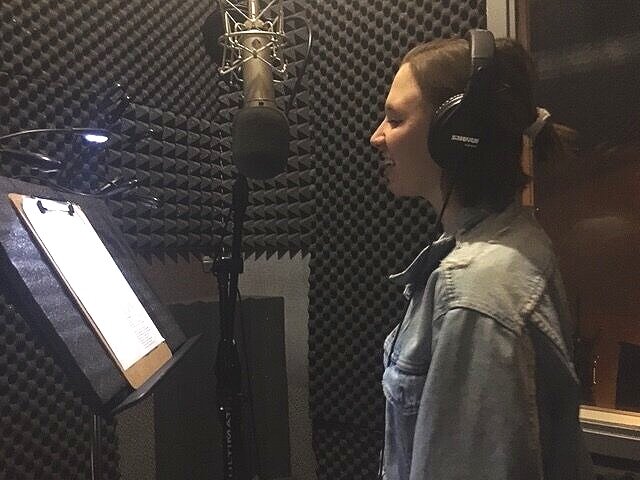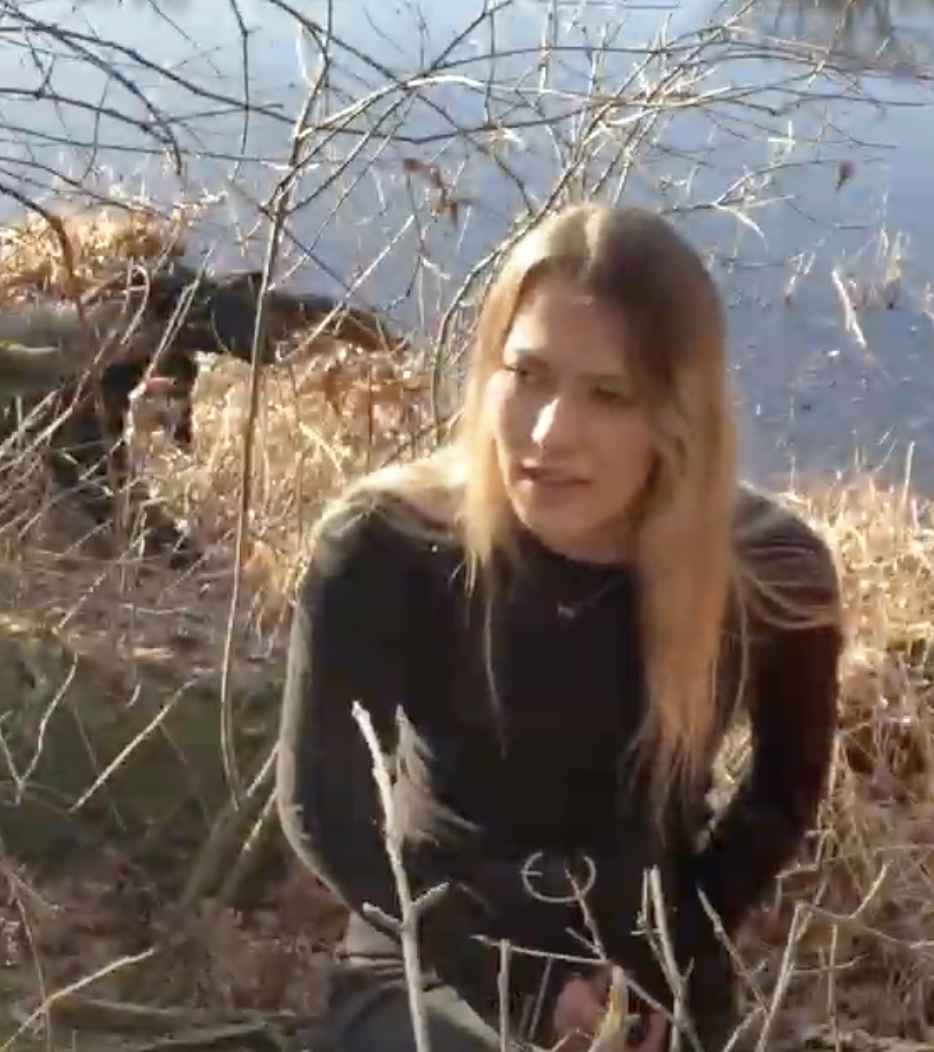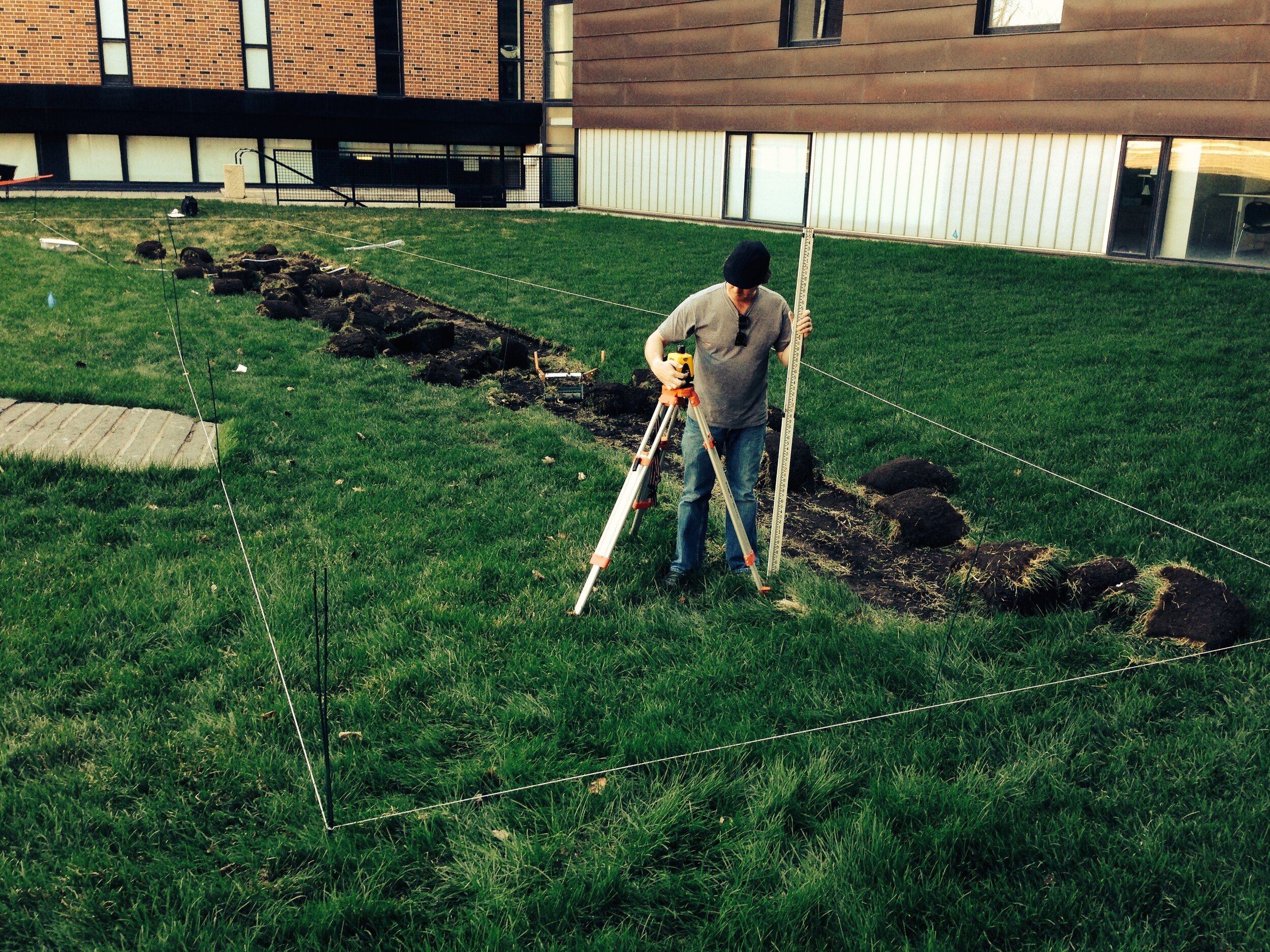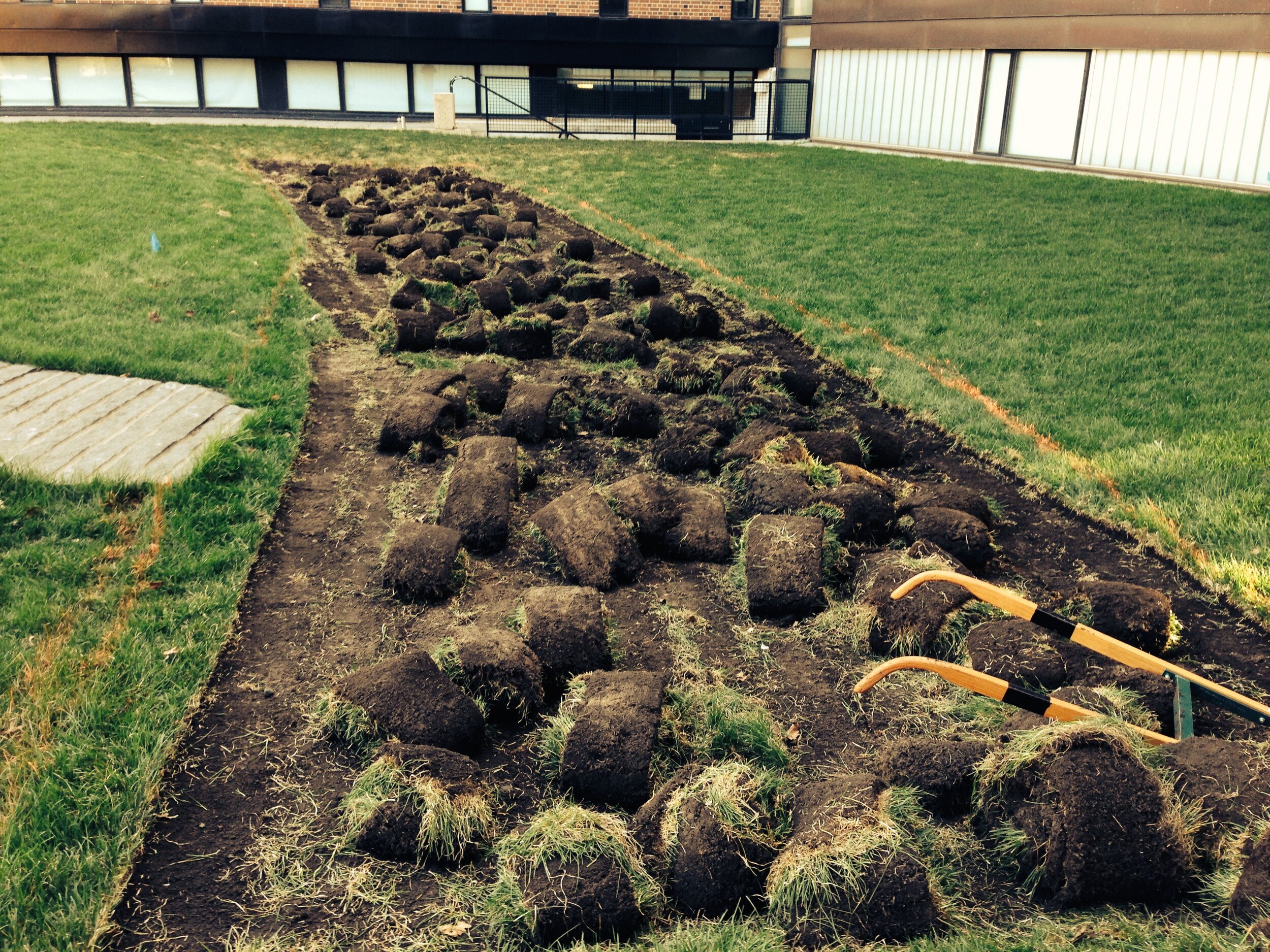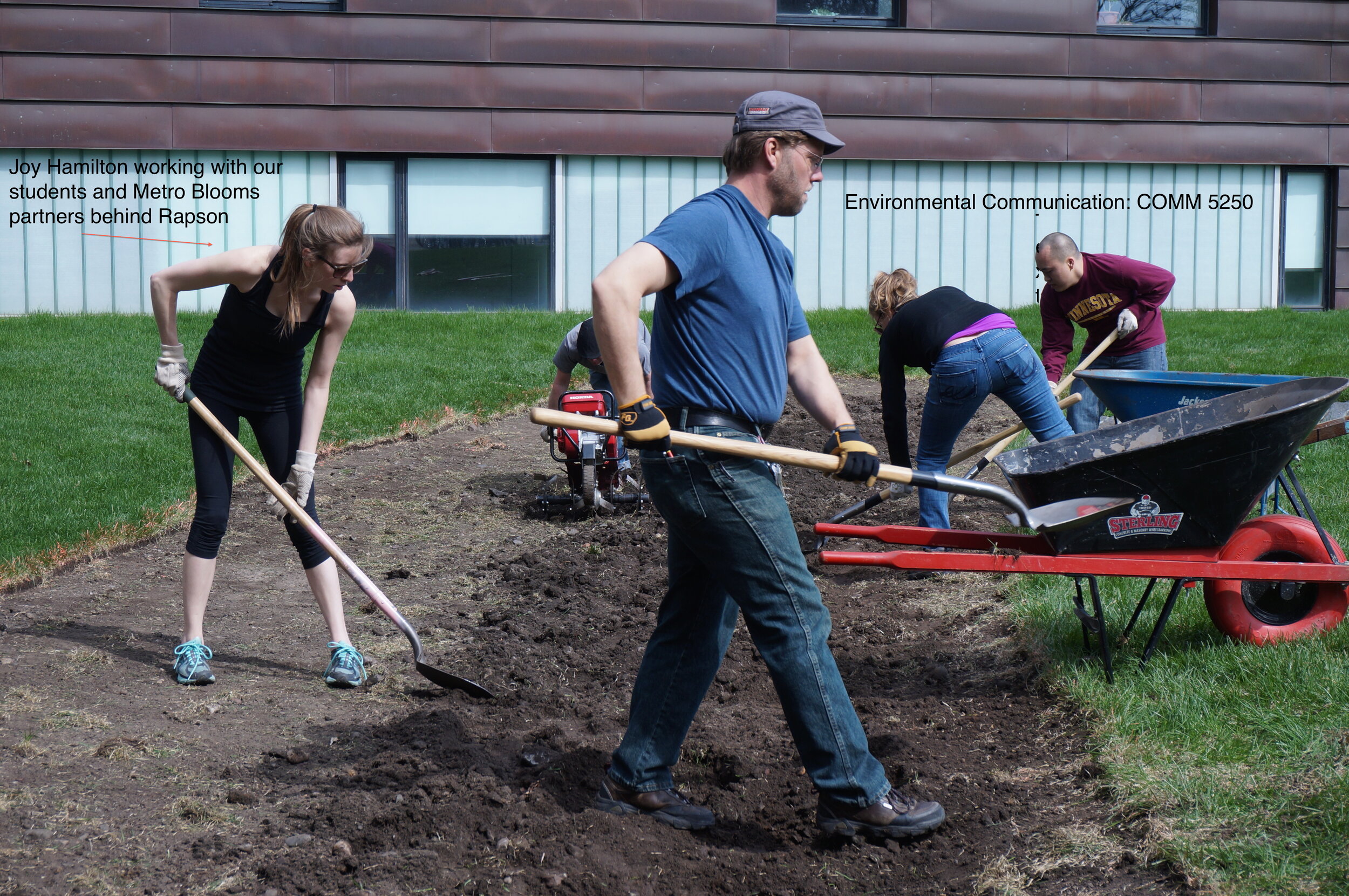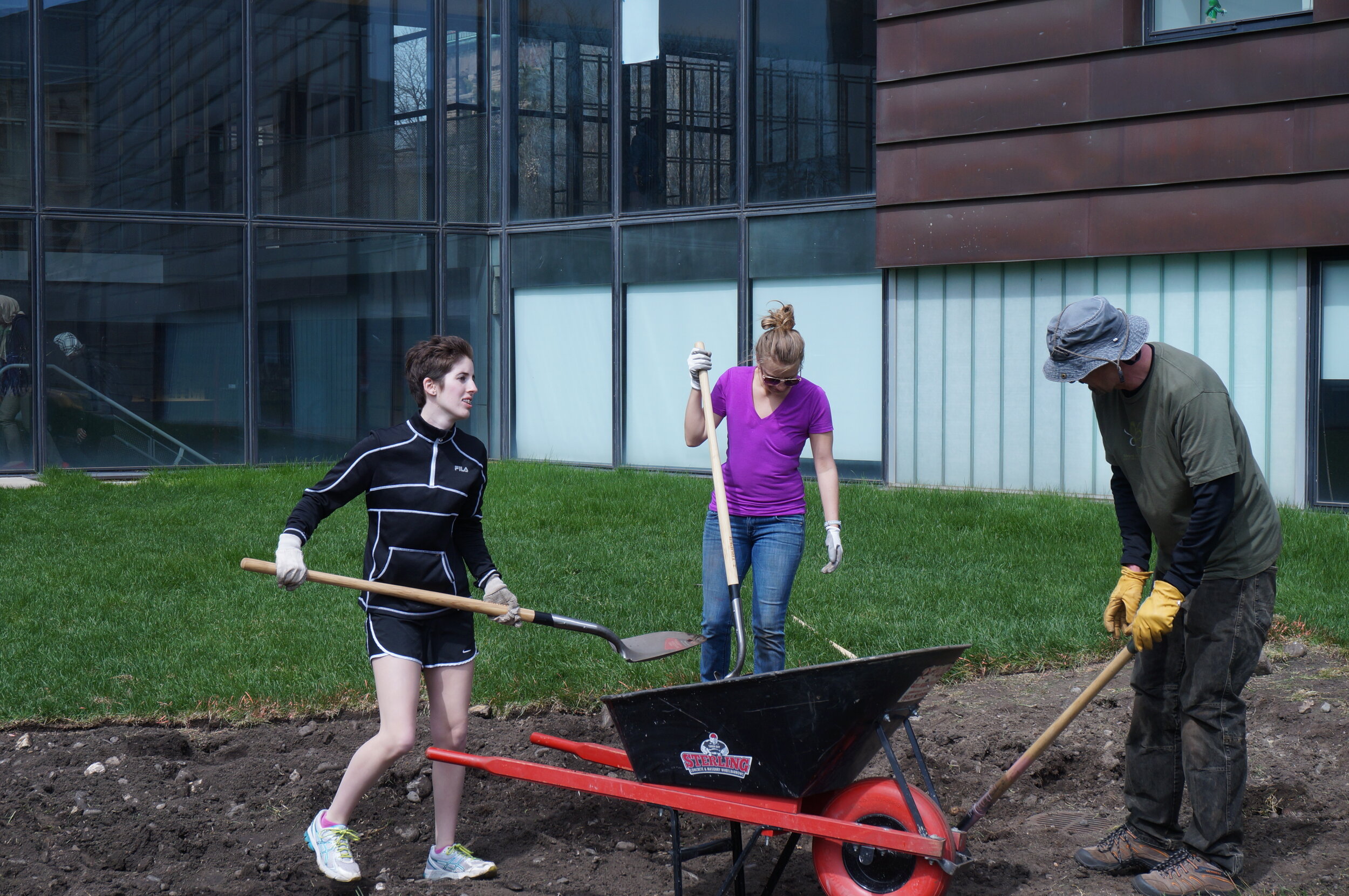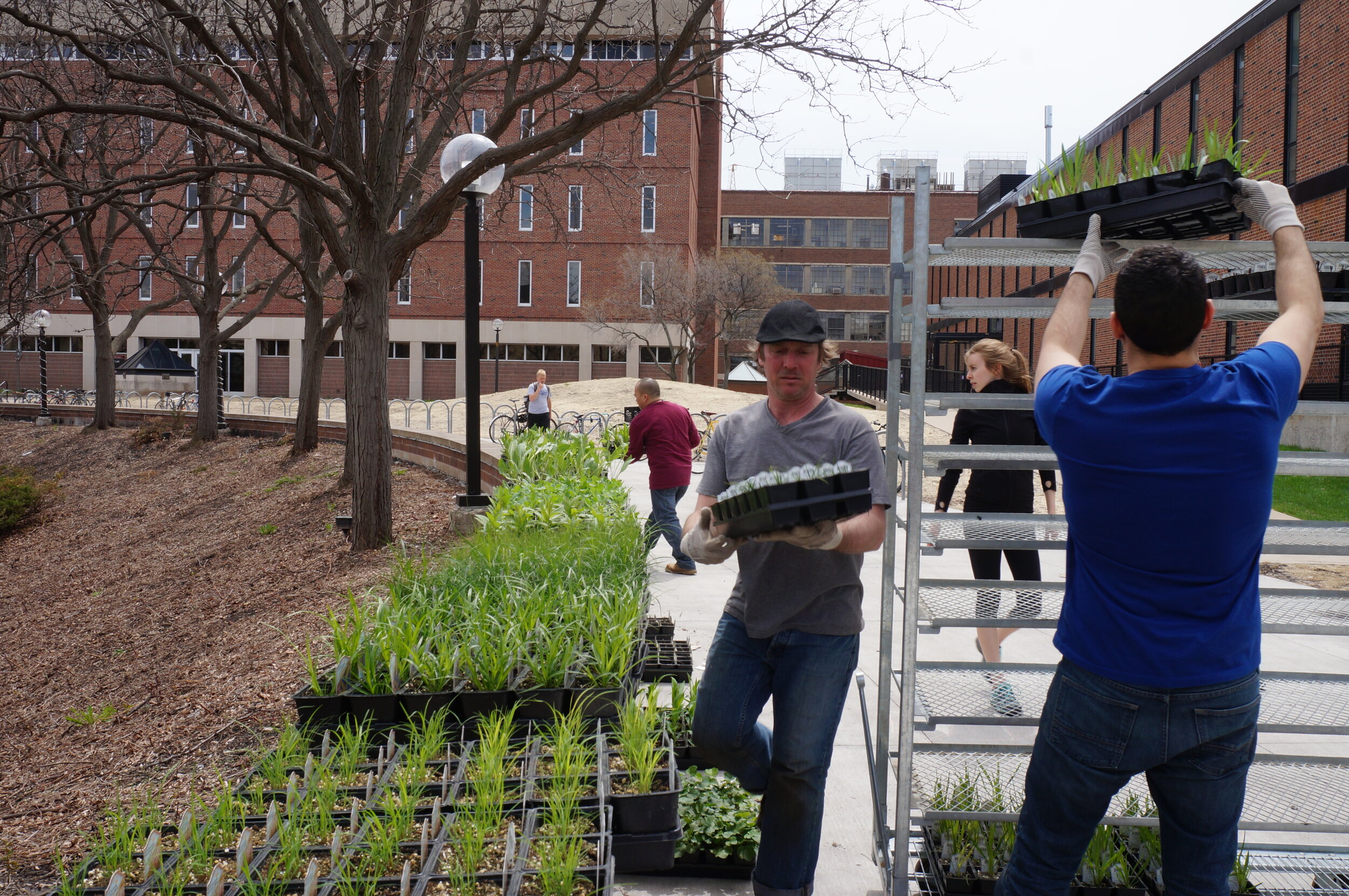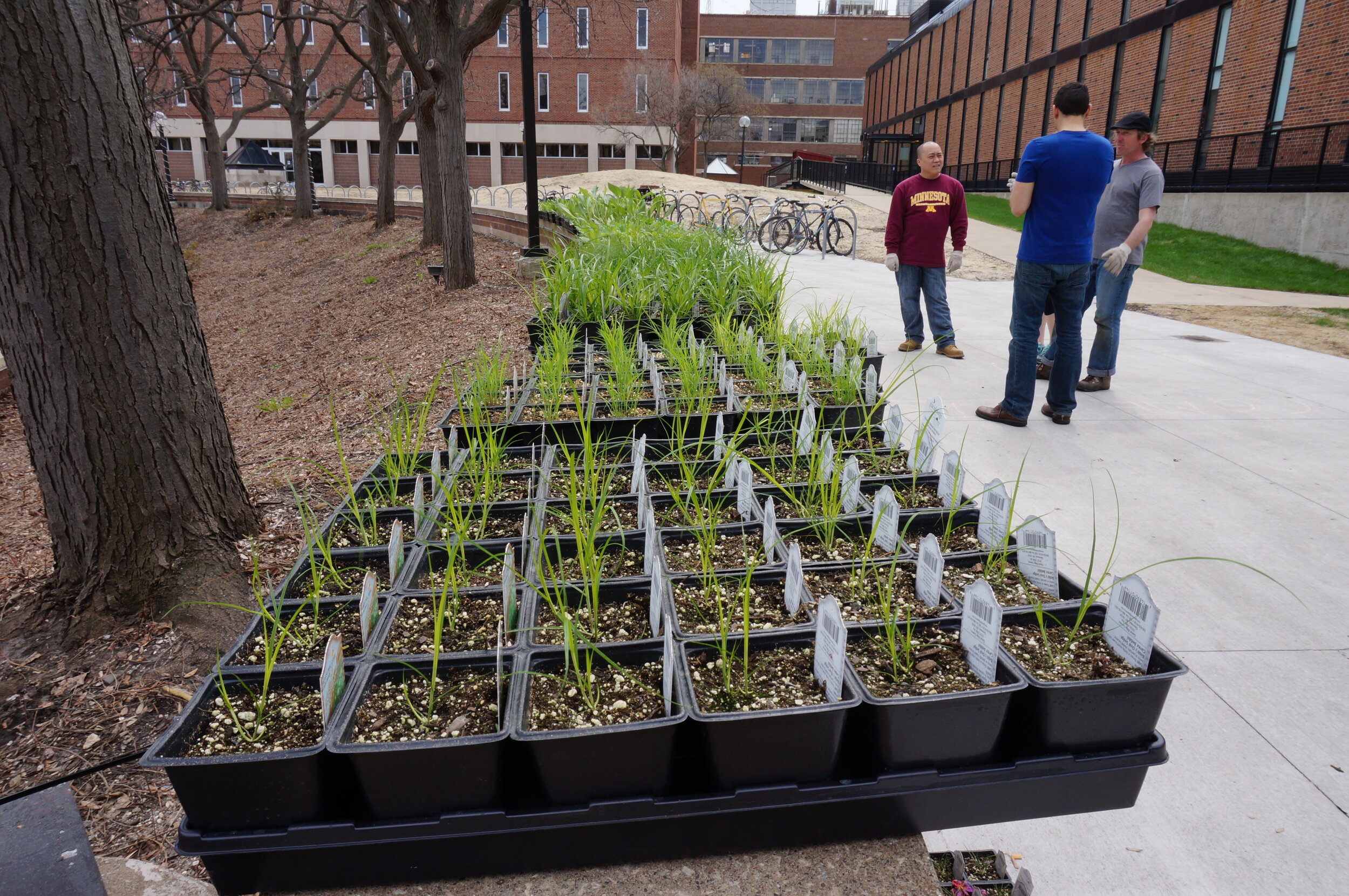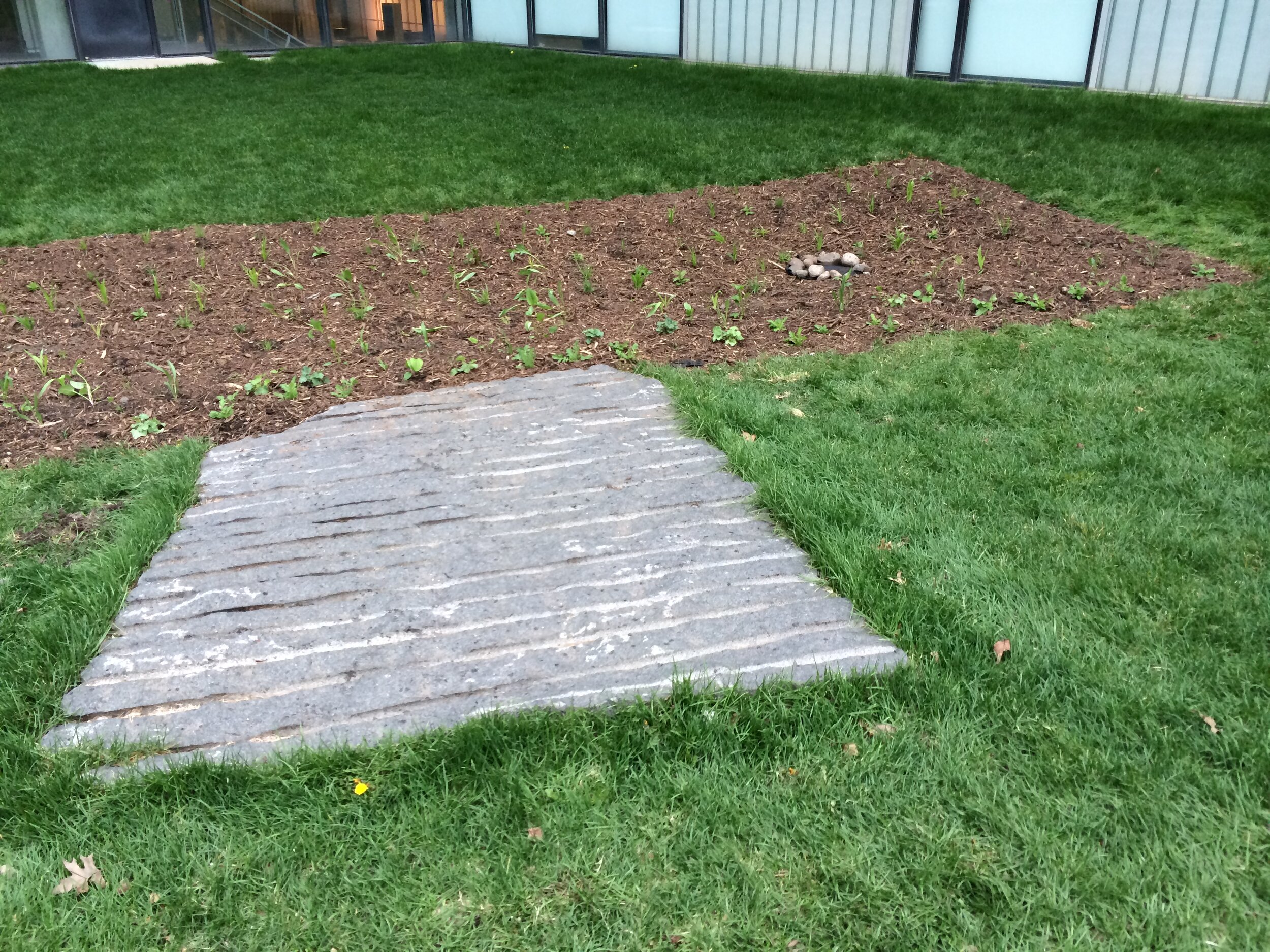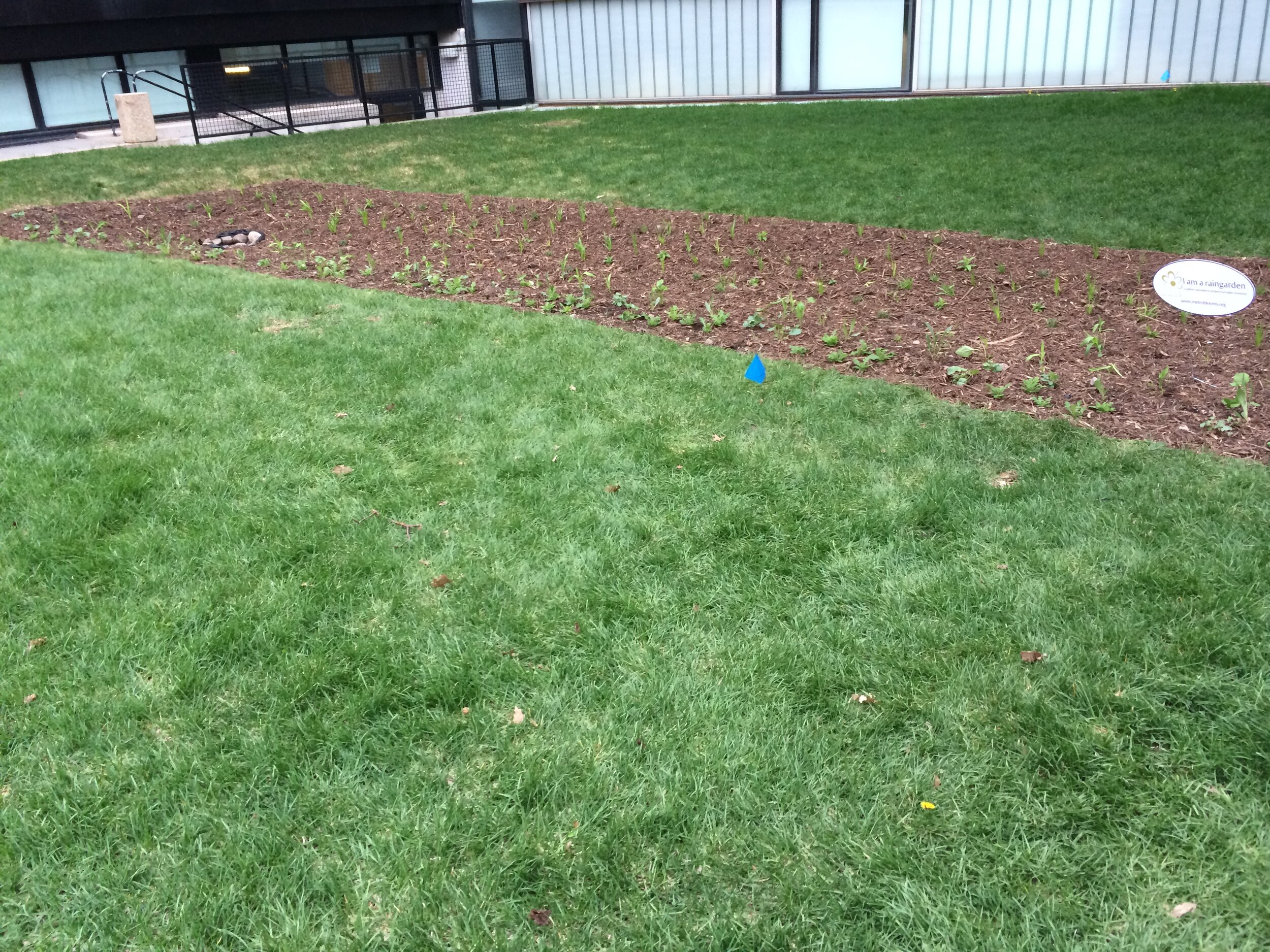For Every Garden, a Song…
What is a Song Garden?
Working with our amazing community partners and Minneapolis neighborhoods, the Ecosong.Net team has been creating “Song Gardens.” The idea is simple: we match a community artist, band, or ensemble with a local garden. The artist(s) compose a piece for the garden. We then bring the musicians to Atomic K Studios to produce a professional recording of their song. After that, the title of the garden song engraved on an aluminum plaque, along with a QR code linked to the song. The plaques are “planted” in their respective gardens so that visitors to each Song Garden can listen in. Song Gardens are symbolic of the way that artists, activists, gardeners, landscape designers, scientists, small business owners, residents, policy makers, and public servants can work together to create environmental justice and steward biodiversity. These incredible artists, neighborhood groups, the Engagement Hub of the College of Liberal Arts at the University of Minnesota, Metro Blooms, and Ecosong.Net have worked together to make the Song Gardens possible. Here are stories and images from each Song Garden, starting with a launch video MC’d by leaders from each community…
Community MCs’ Song Garden Launch
The Riverside Plaza Song Garden
Watch a Video of the Plaque Installation Party, Filmed by Metro Blooms’ Yordanose Solomone!
Leaders of the Cedar-Riverside Community and Riverside Tenants Association installing the raingarden, working with Metro Blooms. The community has offered to become the very first song garden and are our valued partners in this project, led by Weli Hassan, Executive Director of the Riverside Plaza Tenants Association. Ecosong.Net, with funding from the Engagement Hub at the University of Minnesota College of Liberal Arts, recorded Abdihakiin Aden Farrah in studio, singing a song composed by Ardo Muse. A plaque engraved with the title of the piece is embedded with a QR code so that visitors to the garden can listen to the community’s garden song.
The Northeast Song Garden
Song Garden Artist-in-Residence, Jayanthi Rajasa, and hip-hop artist, Tufawon, wrote and recorded “The Same Changes” for the Northeast Neighborhood Raingarden.
Brand new raingardens in the Beer Garden at Fair State Brewing Cooperative, 2506 Central Ave NE. A fixture in the Jackson Square area of Northeast Minneapolis, visitors to the garden will be able to enjoy a song by the incomparable Jayanthi Rajasa and Tufawon as they perform their original, craft-brewed tune for the neighborhood. Take a look at the planning and hard work that went into installing the raingarden. Thanks to the neighborhood, Metro Blooms, and Fair State for allowing us and our community artist-partners to make this beautiful new garden into a song garden. Check out the photos below, sent to us by Metro Blooms’ Associate Director, Laura Scholl, a community partner who has provided invaluable support to our song garden efforts.
The Song Garden project’s Artist-in-Residence, Jayanthi Rajasa, shown performing at the Water Bar in Northeast Minneapolis. Thanks to photographer, Sean Smuda, and Shanai Matteson, Collaborative Manager of the Water Bar and Public Studio, for this photo. Also, check out Jayanthi’s anthem for Black Lives Matter, Hand in Hand.
The Marcy Holmes Song Garden
Marcy Holmes Resident Taylor Leapaldt, takes the vocal lead in “What We Do,” our song planted in the Marcy Holmes Song Garden at University Lutheran Church of Hope. Church member, Tim Gustafson, and Marcy Holmes resident, Mark Pedelty, co-wrote “What We Do” and then recorded it with Taylor and drummer Bob Poch at Atomic K Records (Karl Demer, engineer). University Lutheran Church of Hope, a progressive congregation of the Evangelical Lutheran Church in America (ELCA), is rooted in a vision of radical justice and peacemaking, and has been a positive presence in Dinkytown and the Marcy Holmes neighborhood for nearly 120 years.
UMN’s Song Garden at Rapson Hall
We made a brand new mix of “You Can Build a Garden” for the Rapson Raingarden. Tim Gustafson wrote “You Can Build a Garden” for the Rapson Raingarden and performed it here in 2014 to entertain students and the community while they installed the garden. The Rapson Raingarden will be the first Song Garden on campus and the new mix features UMN student singer, Taylor Leapaldt (CLA), an alum of the School of Music, Elise Busse (CLA), a faculty singer, Heather Dorsey (CEHD), and several other UMN and community participants singing along in the chorus. College of Design students, alumni, and faculty have been instrumental throughout the planning and life of the Rapson Raingarden, including as volunteers and staff for our community partner, Metro Blooms. We hope this is the first of many song gardens to bloom throughout our campuses system-wide, each demonstrating the distinct character of a specific place, reflecting the identities of the human and more-than-human communities living there, and showcasing the talents of UMN students, staff, faculty, alumni, and neighbors.
How to Make a Song Garden
Song gardens add a sonic dimension to your project and involve local musicians and the arts community. Song gardens deepen neighborhood connections, enhance esprit-de-corps among volunteer gardeners, and give an aural identity to your neighborhood garden and project (sonic branding of sorts). Here is how to create a song garden…
1) Let Metro Blooms or your gardening partner know that you are interested in making your raingarden project a song garden as well.
2) Recruit a local musician or musicians to gift a relevant song to the garden. They might already have written, and even recorded, a relevant song, but many will also be willing to compose a song specifically crafted for the purpose and place. There are several ways to find a musician. Ask around, there is often a professional local musician in the neighborhood or an aspiring professional. Be warned, there can be a certain temptation to “fake it ‘til you make it” among aspiring artists. Unproven musicians can sometimes promise more than they can deliver. Making music takes time and effort. Conversely, performing professionals recognize the necessity of being there, producing their work on time, and will have the incentive to get it all done well. Performing artists sacrifice much to make their music on the local level. Therefore, the musicians in our song gardens were compensated for their efforts. Even a small token, such as a $100 gift card, is often greatly appreciated by the artist. If you cannot find a musician that records and performs music regularly, we have found that another great resource is to draw on talent within the participating groups, volunteers, and community partners. There are always musicians within our community partner organizations, the folks that everyone points to and says, “___ is a wonderful singer” (pianist, etc.), and they too have the motivation, incentive, and care to deliver on their musical promises. However, there is a reason that every quality musical media project has a producer. Someone needs to take responsibility for making sure that the musical work is completed and to coordinate all aspects of the project. Ecosong.Net can do that if there is no one in your organization wanting to take that work on. If you would like to partner with us to produce your song garden, contact us here.
3) There are one or two other aspects of the project that might require some funding. One is the plaque, and we will get to that at the end. The other is the recording. We gained a grant to fund our community business partner, Atomic K Studios, so that we could have a professional audio engineer, Karl Demer, on the board working with each musician. Having worked with Karl for 15 years, he comes with the very highest recommendation. Everything said above for the professionalism of the artists goes doubly for recording engineers. It pays to pay a local professional and to partner with local businesses. However, the costs of working with a professional studio might be prohibitive in many cases, ranging from $500-$1500 for a day of concerted recording to produce a single song recording. Fortunately, many artists will have the equipment and experience and training to record themselves, and the goal here is to enhance the local soundscape aspect, so a professional recording is not always necessary. While it is very good to support local businesses, including recording studios, if the funding is not there, then home recordings will work well. We have a companion project, Together Alone, that involves self-made field recordings, and you will find those to have a heightened sense of authenticity and capture a sense of the neighborhood landscape and soundscape.
4) Which brings us to the plaque. To create the plaques illustrated in the neighborhood photos above (see the invoice art below), we used Advantage Signs and Graphics. We were very pleased with their service. Each plaque cost $243, including a 3 foot stake. We recommend using a post hole differ or auger to make a 2 foot hole, filling the first foot or so with Quikcrete, placing the stake into the hole, and then filling the top part of the hole with dirt so that the stake remains in place until the concrete dries. A rock or two around the base will keep it in the correct position while the concrete dries. Simply staking it in makes it too easy for people to pull the stake out. You will need a mid sized phillips screwdriver to put the sign on the stake. Soldering the heads of the screws will provide extra security, so that no one can come along and remove the plaque from the stake.
5) Let us know about your song garden via our contact page. We will highlight your garden here and promote it across several platforms.

